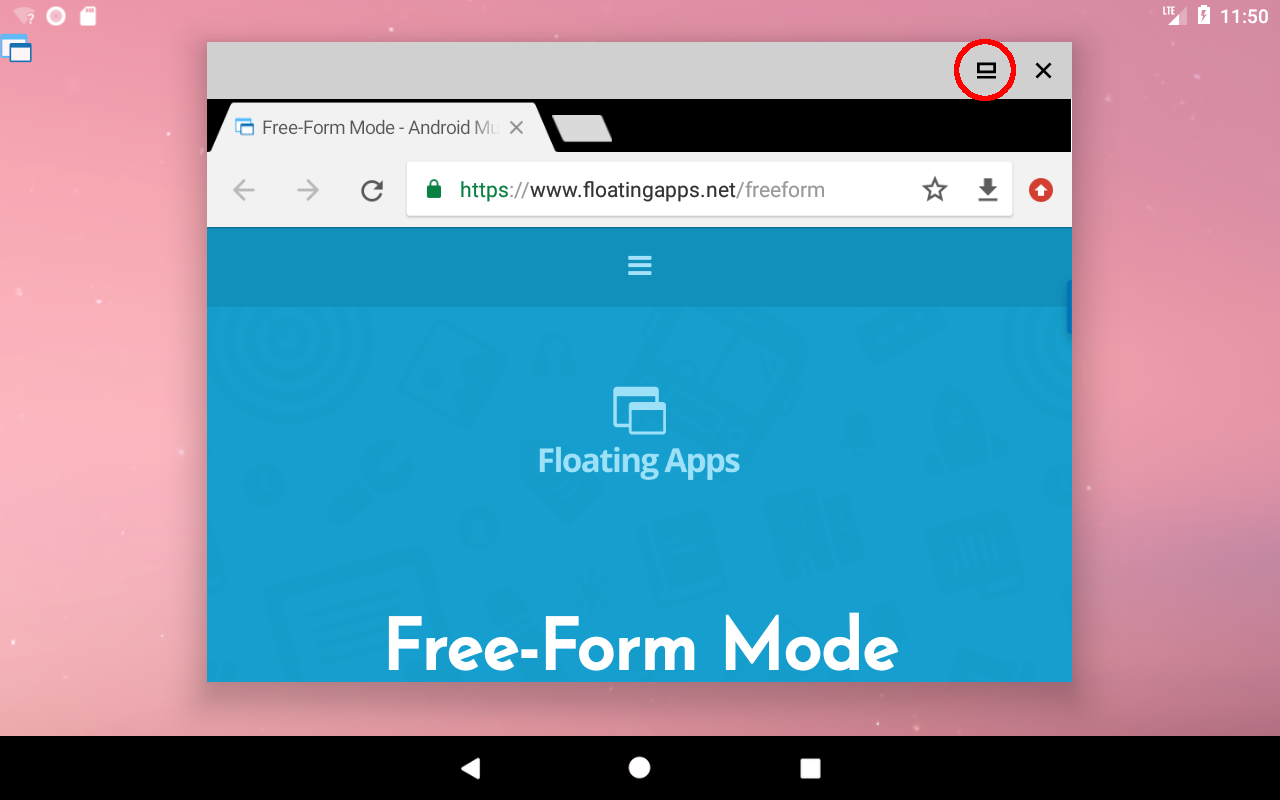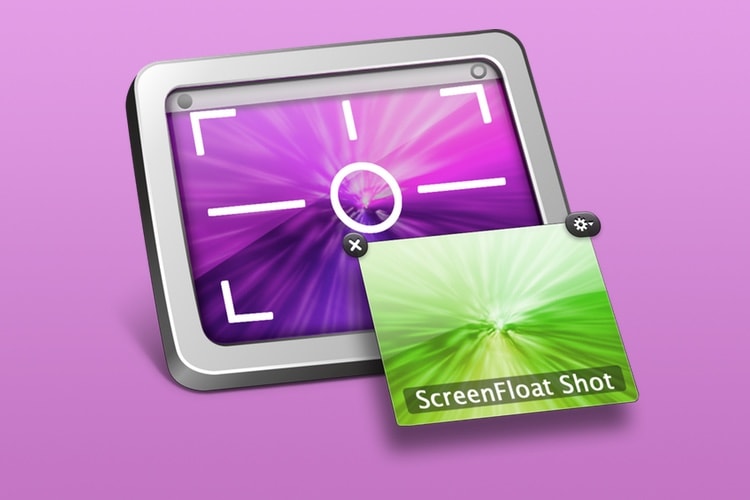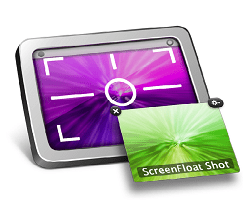

While working on that feedback panel that comes up when resizing a shot, or changing its transparency (see above), I needed an overview of the different appearances an NSVisualEffectView can have.ĭuring testing, I discovered that NSVisualEffectView accepts material values from 0-37, of which only a few are documented. Changing the transparency of a floating shot – Introducing: The Periodic Table of NSVisualEffectViewĪbout “Busy Doing Nothing”: this is part of that “nothing”. ScreenFloat 2 will continue to allow you to make a floating shot transparent by scrolling up or down within it, with a couple of improvements.ġ) It will remember the transparency value over restarts of the app, or when hiding/closing and re-floating a shot.Ģ) It provides feedback while changing the transparency.ģ) For convenience, the opacity can be changed all the way down to 0%, and when the scrolling ends (you lift your finger from the trackpad), it bounces back up to a minimum value of 40%. It snaps to 100% when you’re close to it, which can be toggled off by keeping the command (⌘) key pressed.

I also removed the upper limit, which was 200% in ScreenFloat 1. Version 2 will provide feedback during resizing: it’ll show the shot’s size as a percentage, and in absolute values: Resizing a floating shot Just like any other window, you can grab one of its edges and drag it to resize it. Preliminary hiding and re-showing of a shot Resizing Shotsįloating shots can already be resized in v1 of ScreenFloat. And the more hidden floating shots you have, the more you’d notice. And though the window is still in memory and can be re-shown any time (at which point I’ll order it back in and animate its alphaValue to what it was before hiding it), while it’s hidden, it doesn’t affect performance as much as a hidden floating shot in v1 does.
#SCREENFLOAT WINDOWS#
If you ask me, the answer is: “all of the above”.Īnother important performance improvement I made is that, when a floating shot is hidden (not closed), instead of only reducing its alphaValue to 0.0 (lazy me), I now call orderOut on the window, effectively removing it from the list of windows the WindowServer has to manage. Whichever you think it is, rest assured that they all do sound like something I would do. Maybe it was left over from early prototyping and I never refactored it, because it worked well enough? Maybe it was just “easier” or quicker than adding an NSImageView to the window in code?
#SCREENFLOAT HOW TO#
Perhaps I couldn’t figure out how to make a window move by its background with an NSImageView on top (see NSView’s mouseDownCanMoveWindow)? I have no clue why I used to do it like that before. Whereas in v1, I used to set NSWindow‘s backgroundColor to a pattern color of the image, I now use an NSImageView, like a sane person. I made a much needed change to the way I render screenshots in these floating windows. This functionality will pretty much work the same way it did in v1: a floating shot will float above other windows, apps and spaces, to always be visible whatever you do. Getting Shots to FloatĪfter having finished the migration from the old library format of ScreenFloat 1 to ScreenFloat 2’s new Core Data-based library, the logical next step for me was to get started on making those shots float. *Refining something that might not make it into the final product does sometimes sadly feel like doing nothing. It was all a bunch of UI experiments and refinements. It’s much rather that I’m not quite sure if what I worked on will make it into ScreenFloat at all. But it’s not because I didn’t work on it. I feel like I got nothing done in regards to ScreenFloat 2 over the last two weeks.
#SCREENFLOAT UPGRADE#
But I am resolved on its upgrade path: existing customers of ScreenFloat 1 will receive ScreenFloat 2 for free.

Regarding pricing, I don’t know what ScreenFloat 2 will cost yet. And while that may be a serious lack of managerial skill: I accept that flaw and ignore it 🤷♂️. I’m a solo developer, I have multiple apps that need maintenance and updates, there are just too many moving parts for me to be able to estimate basically anything. Disclaimer: Estimated Time of Arrival, Pricing I’m now working on ScreenFloat 2, and I thought it would be fun to chronicle my progress, struggles, successes, failures and break-throughs, as well as random stuff while developing it.

ScreenFloat lets you keep visual references to anything you see on your screen floating above other windows using screenshots.


 0 kommentar(er)
0 kommentar(er)
